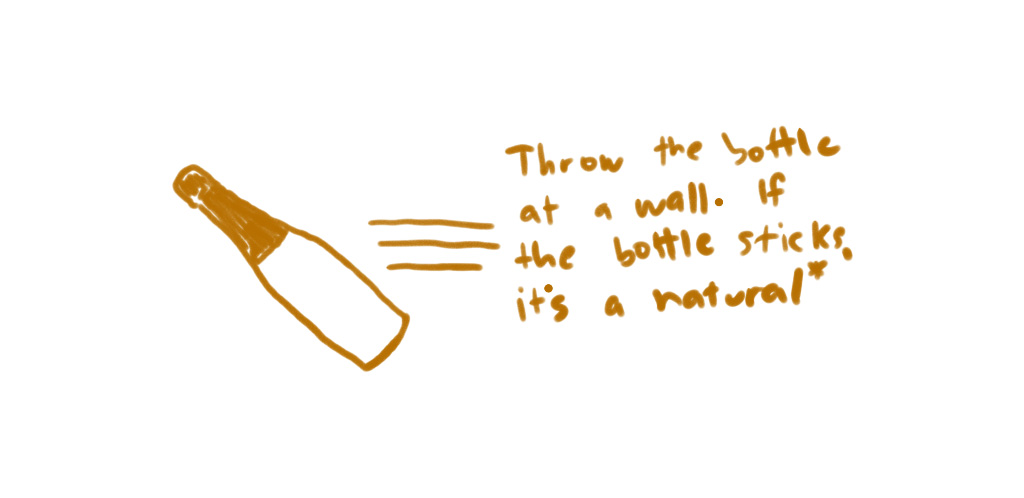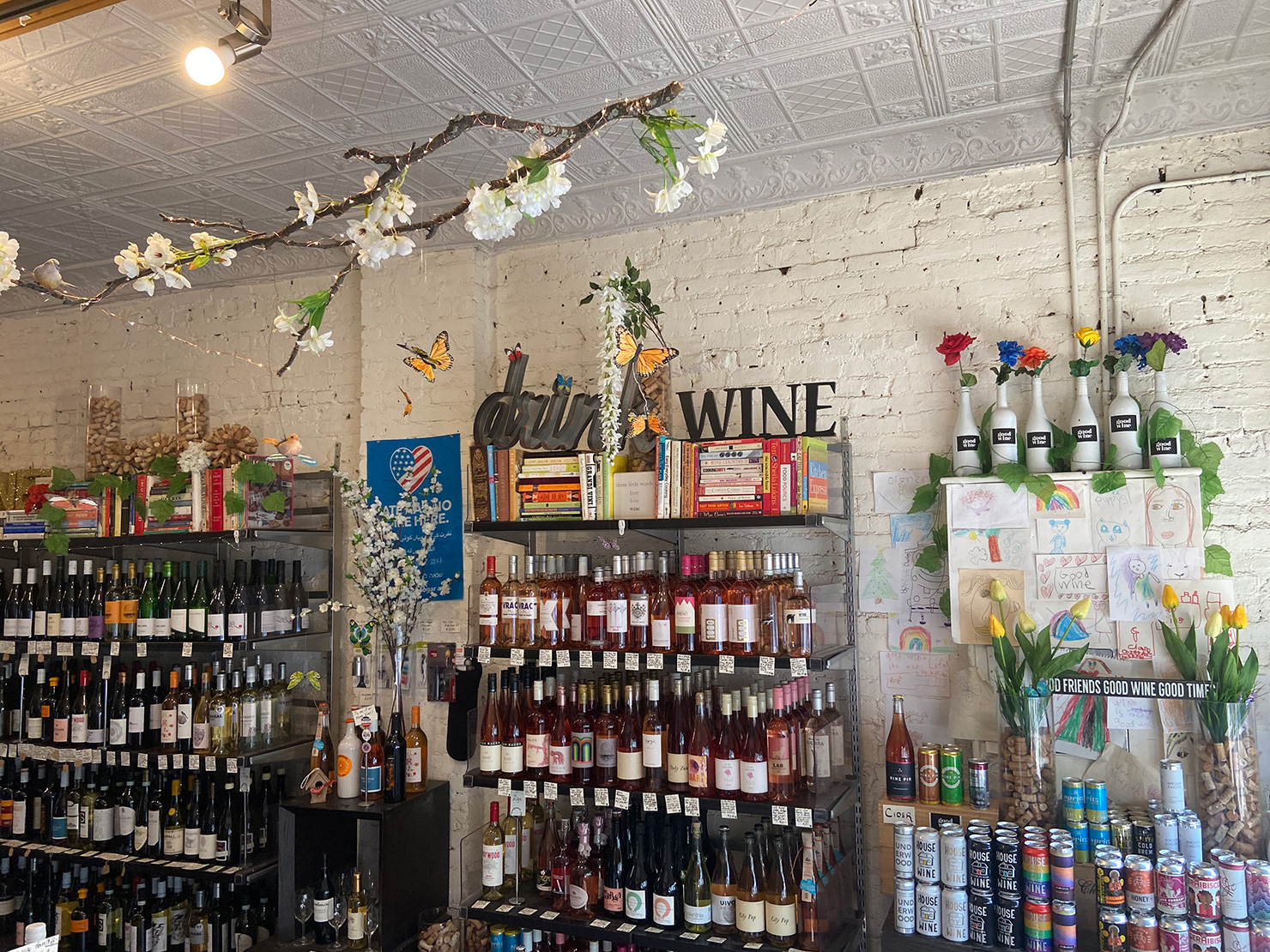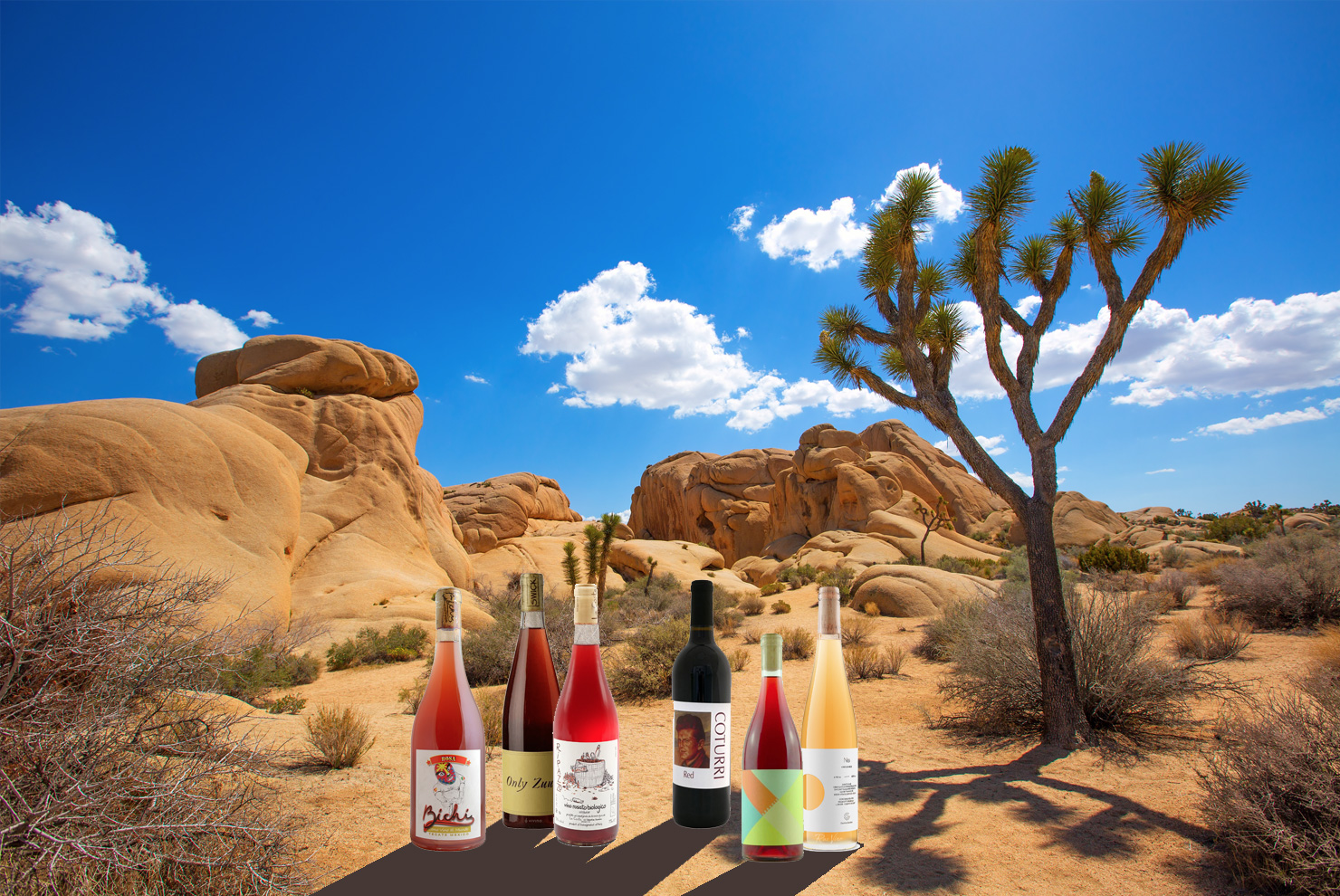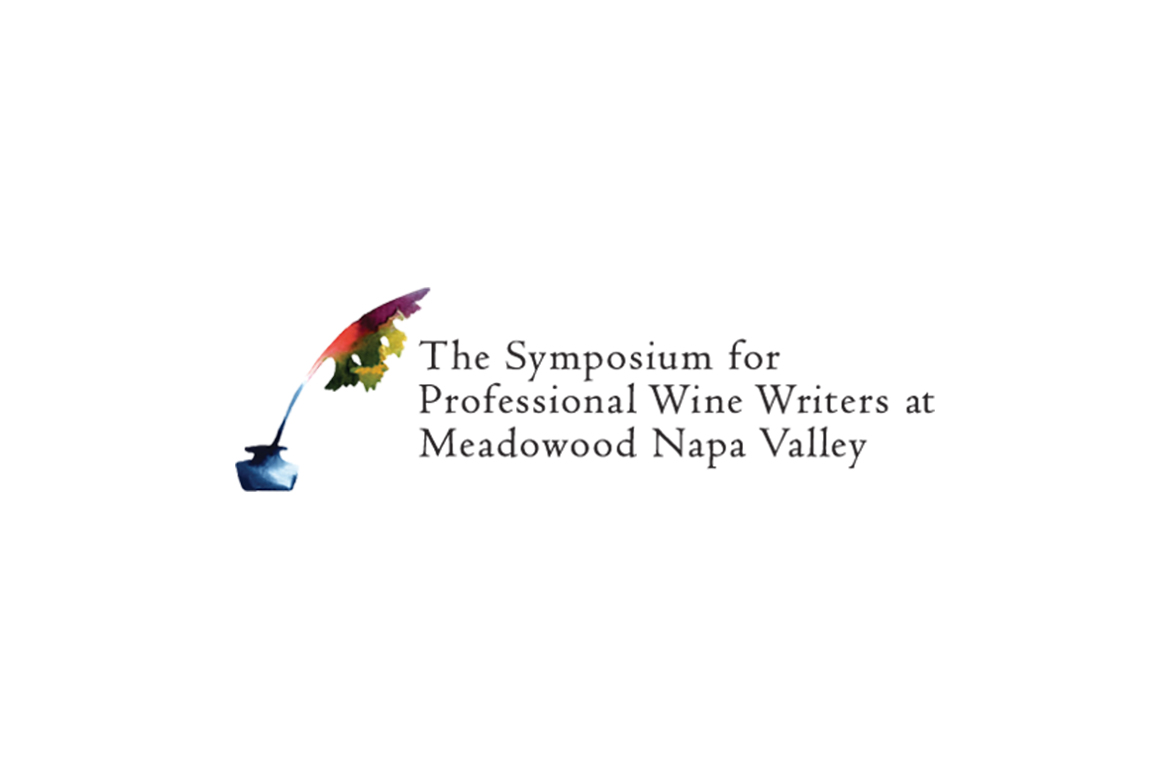Natural wine is looking for you, but it’s not always in the places you’d expect. Yes, there are some wonderful retailers and restaurants out there making natural wines the center of attention—the kinds of places featured here on Sprudge Wine. But you don’t have to live in LA or London in order to find the good stuff. Indeed, it’s likely that your favorite local wine shop—even your grocery store—is already stocking natural wine. You just need a little advice on how to find it.
Case in point: I can buy La Stoppa Ageno at my neighborhood grocery store in Portland, Oregon. It’s a canonical natural wine, all marigold, cheese rind, and raspberries, made by Giulio Armani in Emilia-Romagna. What a marvelous grocery store find: natural as all get-out and very much the sort of wine you’ll find on chic restaurant wine lists in Manhattan or Melbourne.
And yet, there is a discrepancy about grocery store wine, because not ten feet from the shelf where Ageno is located is a display of “sulfite-free wines.” This is of course where the store employee led me when I asked where I might pick up a natural wine.

Most of these wines prominently fulfill the needs of the eco-conscious shopper: $15-and-under red blends from California stamped with the USDA Organic seal. La Stoppa inhabits the shelves beside other Northern Italian producers, though the vinification techniques are low-sulfur and non-interventionist. La Stoppa could be in the sulfite-free section, but the wine reveals more about Emilia-Romagna than it does about sulfite-free winemaking. And the revelatory part is what’s important about natural wine: no buzz terms or special sections, you are looking for something real.
Still, I can’t blame you for finding the whole affair a bit confusing. Currently, there is no certifying body for natural wine. Until then, many producers won’t choose to make such claims on the label. The word “natural” has as broad and as vague of a usage for wine as it does for food, so it’s only fair to be skeptical of the bottles on your store’s shelves that loudly proclaim it.
“Organic” and “Biodynamic”, however, do have regulated meaning. USDA standards cite “organic wine” must be made from grapes from certified organic vineyards and ban a list of additives. Added sulfur dioxide is not allowed in “organic wine,” but if the producer uses a small amount it can be labeled “made with organic grapes.” Interestingly, a wine farmed organically and produced with sulfur dioxide could be labeled as “organic” in the European Union. The EU sets limitations on how many parts per million of sulfur dioxide are allowed in its “organic wines”.

Meanwhile the Demeter Association, which labels wines “Biodynamic®” (in the USA) has similar regulations to the organic certifiers, but its rules deal closely with agriculture. Biodynamic practices in the vineyards are a great sign for the fruit, but a Demeter certification tells you nothing about what goes on in the winemaking process. There are vineyards growing impeccable, beautiful Biodynamic fruit in heaven-touched vineyards under the watchful eye of Demeter, then pumping their juice full of chemicals and running the whole thing through a reverse-osmosis centrifuge. Not exactly natural, is it?
So without anything like a regulatory term or clear indication on the front of a label, my best advice to you is to start paying attention to importers. Nearly every bottle of wine sold in the United States bears an importer’s sticker on the back, and this can be a real source of knowledge as to the wine’s natural cred. Good distributors and importers make frequent visits to wineries and are intimately familiar with their producers’ style and techniques. The story of natural wine in America runs through the massively influential work of Louis/Dressner Selections, Rosenthal Wine Merchants, and Kermit Lynch, all of whom got their start working with small natural producers abroad and continue to represent many to this day.
The late Joe Dressner talked about how he looked for “unspoofulated” wine that is “living and vibrant [in] the bottle […] which amazes, baffles, and seduces us because it is so alive and has so much to say.” That seems like as good a definition as any: we’re all looking for wine that’s unspoofulated.
Today those important distributors have been joined by a newer cast of importers doing some really exciting work. American import brands like Trumpet Wine, Selection Massale, Jenny And François Selections, Owen Kotler, Percy Selections, Scuola di Vino, Amy Atwood Selections, Becky Wasserman & Co., PDX Wine, SelectioNaturel, Blue Danube, and happily many more—and that’s just in the USA! Standout UK importers like Les Caves de Pyrene, Gergovie Wines, and Tutto Wines alongside Aussies like Living Wines and Campbell Burton are doing similarly excellent work in their markets. The list above barely scratches the surface, but we assure you, if you see one of these names on the back of your bottle, you’re on the right track.
So, back to La Stoppa. The Portland distributor, Casa Bruno, brought the wine into my local grocery store and told the steward the story of La Stoppa—how the owners of the estate removed acres of Bordelaise grapes and started to produce indigenous varieties. As with most things worth knowing, it’s a detailed story involving personality and place. The steward was hooked, and that’s how the wine ended up on my grocery shelf. There’s happy little stories like this one happening in mainstream shops and stores all over the world, and their rank is growing each day.
Ultimately my biggest piece of advice to you is to bug people at these wine shops, ask them questions, and arm yourself with the little bits of knowledge that make all the difference. Make wine shop staff’s jobs more complicated—and more fun!—by asking them to tell the rest of the story, including the parts that don’t fit on the shelf-talkers. It’s a story someone who chose to have La Stoppa at the grocery store would like you to know. Natural wine exists to tell stories like these.
Laura Bartram (@niteturtle) is a writer and wine professional based in Portland, Oregon.
























